Noble houses in Japan had almost no walls
With Easy Japanese and English: Learn about Shinden-zukuri, the Homes of Heian Nobles
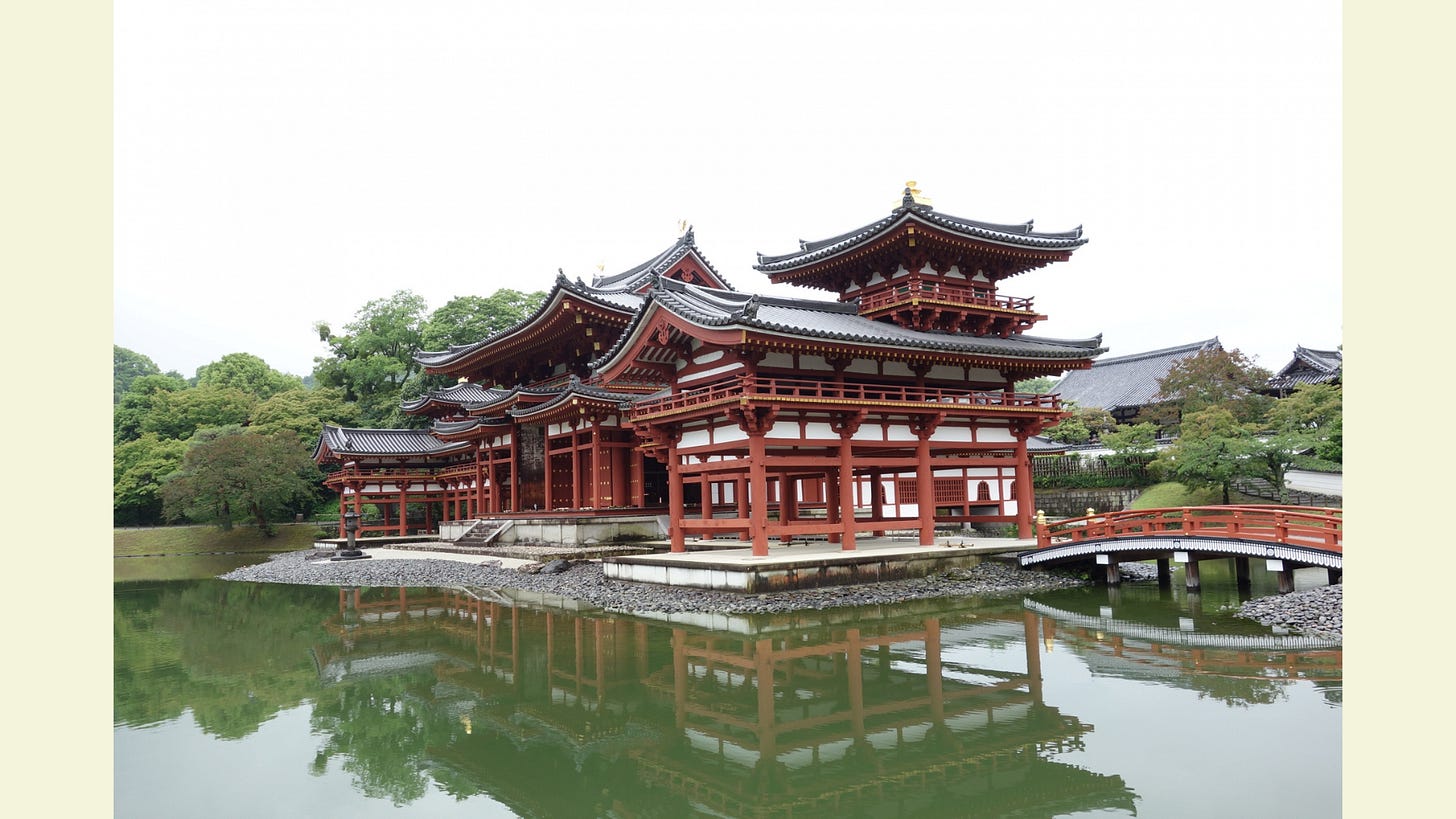
平安時代(へいあんじだい)(794年~1185年)、えらい貴族(きぞく)は「寝殿造(しんでんづく)り」という ごうかなお屋敷(やしき)に 住(す)んでいました。
During the Heian period (794–1185), high-ranking nobles lived in luxurious homes called shinden-zukuri.
その屋敷(やしき)は とても広(ひろ)く、中(なか)には いくつも 建物(たてもの)が あり、建物(たてもの)と建物(たてもの)は 廊下(ろうか)で つながっていました。
また、大(おお)きな庭(にわ)や池(いけ)も ありました。
These homes had large grounds with many buildings, connected by hallways. There were also big gardens and ponds.
でも、寝殿造(しんでんづく)りの建物(たてもの)には、壁(かべ)が ほとんど ありませんでした。
However, shinden-zukuri buildings had almost no walls.
壁(かべ)のかわりに、「御簾(みす)」や「屏風(びょうぶ)」、「几帳(きちょう)」などを 使(つか)って、必要(ひつよう)なときに 部屋(へや)を 分(わ)けていました。夜(よる)だけ 閉(し)める 特別(とくべつ)な戸(と)も ありました。
Instead of walls, people used things like misu (bamboo blinds), byōbu (folding screens), and kichō (curtains) to divide rooms when needed. There were also special doors that were closed only at night.
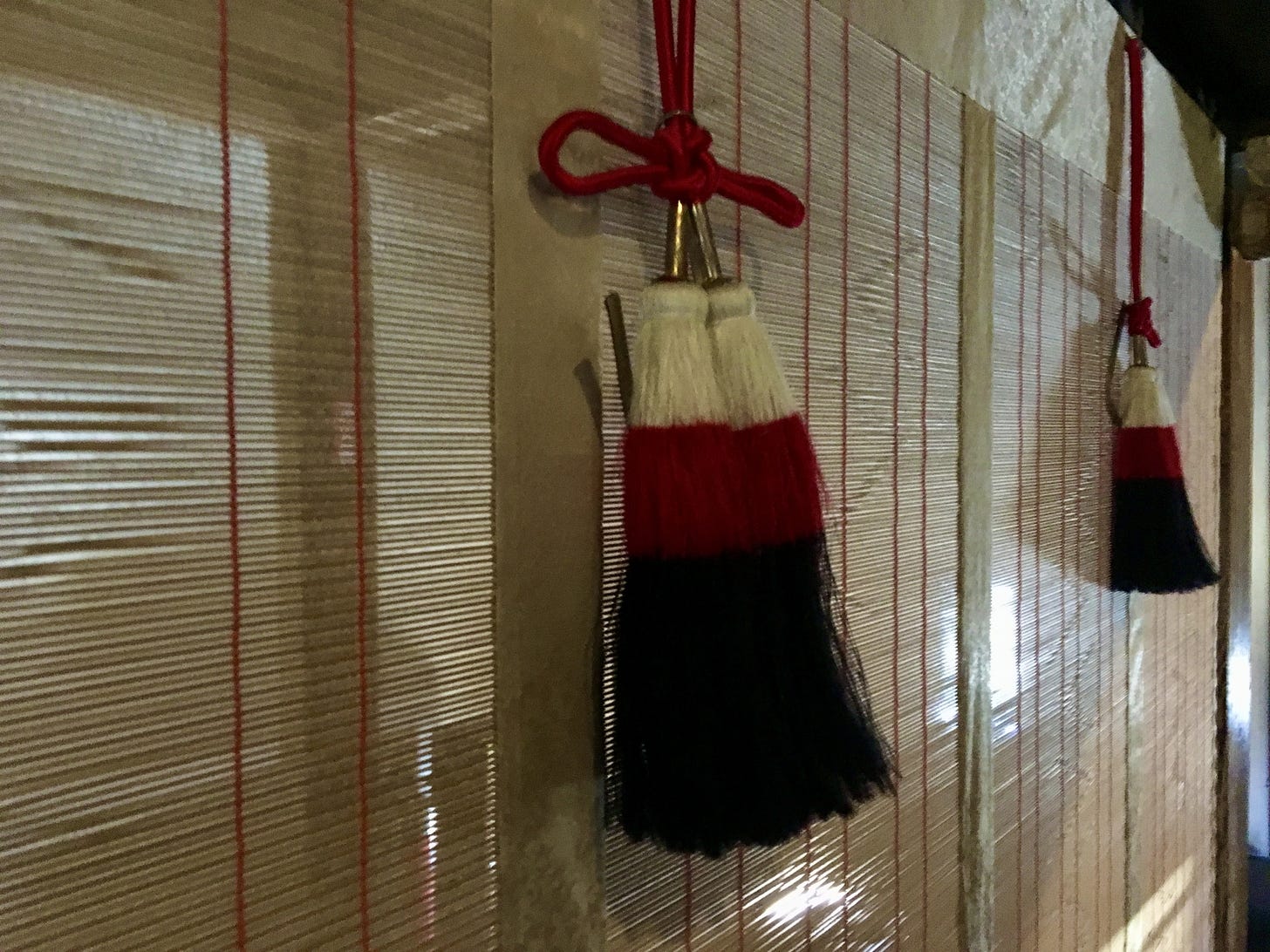
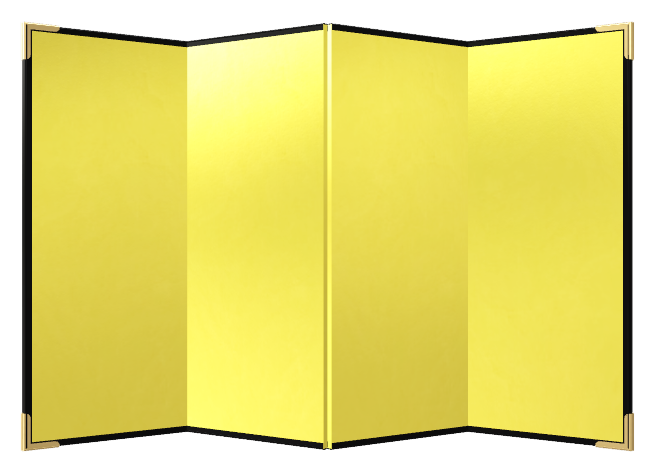
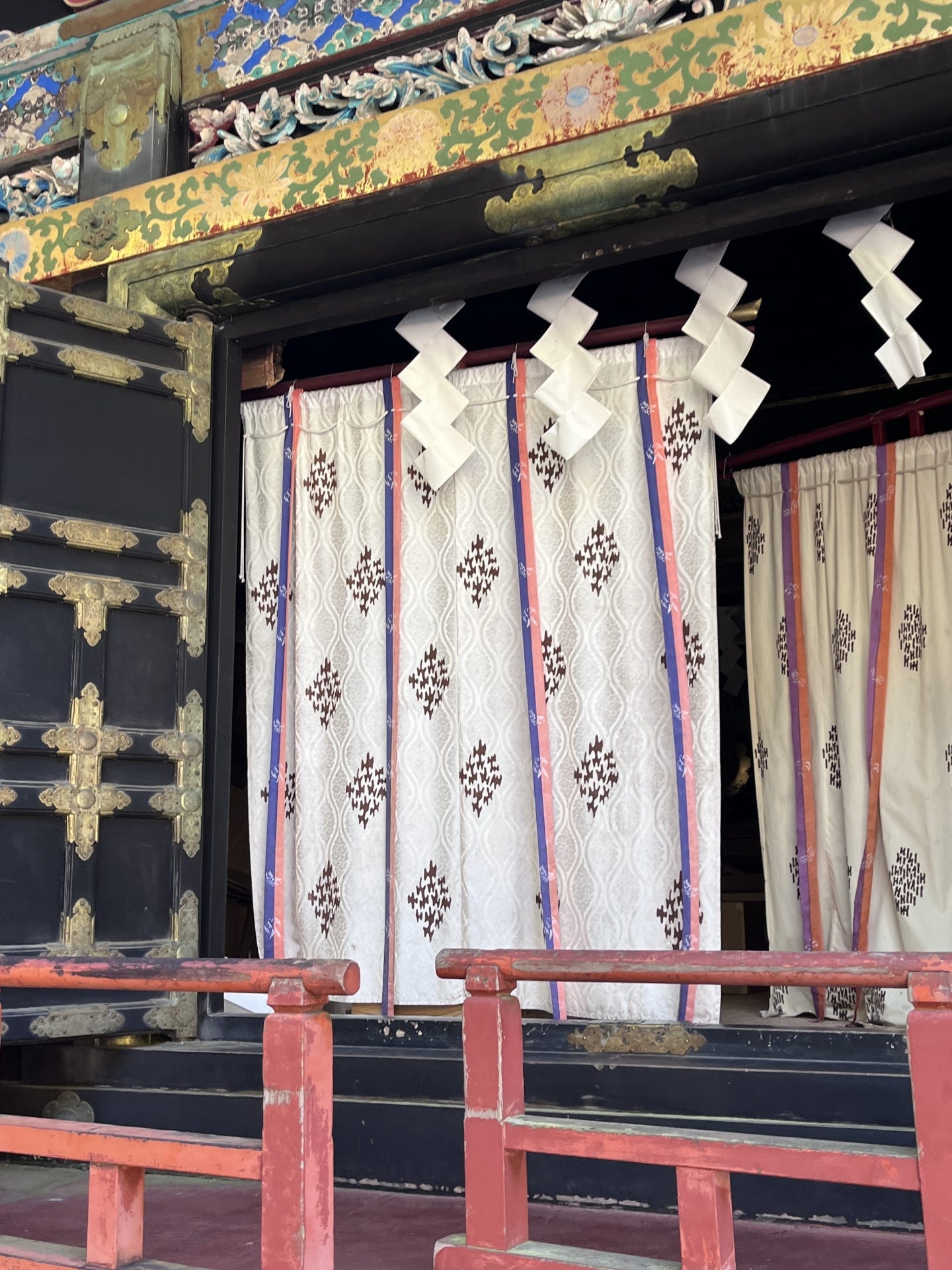
床(ゆか)は 木(き)で できていて、貴族(きぞく)が 座(すわ)る 場所(ばしょ)にだけ 畳(たたみ)を 敷(し)くことが 多(おお)かったです。
The floors were made of wood, and tatami mats were usually placed only where the nobles sat.
壁(かべ)が ないため、冬(ふゆ)は とても寒(さむ)く、部屋(へや)の中(なか)で 炭火(すみび)を たいたり、たくさん 着物(きもの)を 着(き)たり、綿(わた)が 入(はい)った 着物(きもの)を 着(き)たりして 寒(さむ)さに 耐(た)えていました。
Because there were no walls, winter was very cold. People used charcoal fires indoors, wore many layers of clothing, and dressed in cotton-filled robes to stay warm.
今(いま)、寝殿造(しんでんづく)りの建物(たてもの)は 残(のこ)っていません
Today, no original shinden-zukuri buildings remain.
寝殿造(しんでんづく)りは 木(き)で できていたので、火事(かじ)や 老朽化(ろうきゅうか)で 多(おお)くが 失(うしな)われました。今(いま)は、当時(とうじ)のまま 残(のこ)っている建物(たてもの)は ありません。
Because shinden-zukuri homes were made of wood, many were lost to fires or decay. None exist in their original form today.
でも、当時(とうじ)の様式(ようしき)を 一部(いちぶ) 残(のこ)している建物(たてもの)や、後(あと)から 再現(さいげん)されたものは あります。
However, some buildings preserve parts of the style, and others have been rebuilt to show how they once looked.
1. 平等院鳳凰堂(びょうどういん ほうおうどう)(京都(きょうと))
1053年に 藤原頼通(ふじわらの よりみち)が 建(た)てた建物(たてもの)で、完全(かんぜん)な寝殿造(しんでんづく)りでは ありませんが、その影響(えいきょう)が 見(み)られます。池(いけ)を 囲(かこ)んだ 左右対称(さゆうたいしょう)の構造(こうぞう)などが 特(とく)ちょうです。
Byōdō-in Phoenix Hall in Kyoto was built in 1053 by Fujiwara no Yorimichi. While it’s not fully shinden-zukuri, it shows many of its features, such as a pond and a symmetrical layout.
2. 紫宸殿(ししんでん)(京都御所(きょうと ごしょ))
1855年に 再建(さいけん)されたもので、寝殿造(しんでんづく)りの様式(ようしき)に 基(もと)づいています。ただし、平安時代(へいあんじだい)の建物(たてもの)そのものでは ありません。
Shishinden at Kyoto Imperial Palace was rebuilt in 1855 based on shinden-zukuri style, but it is not from the original Heian period.
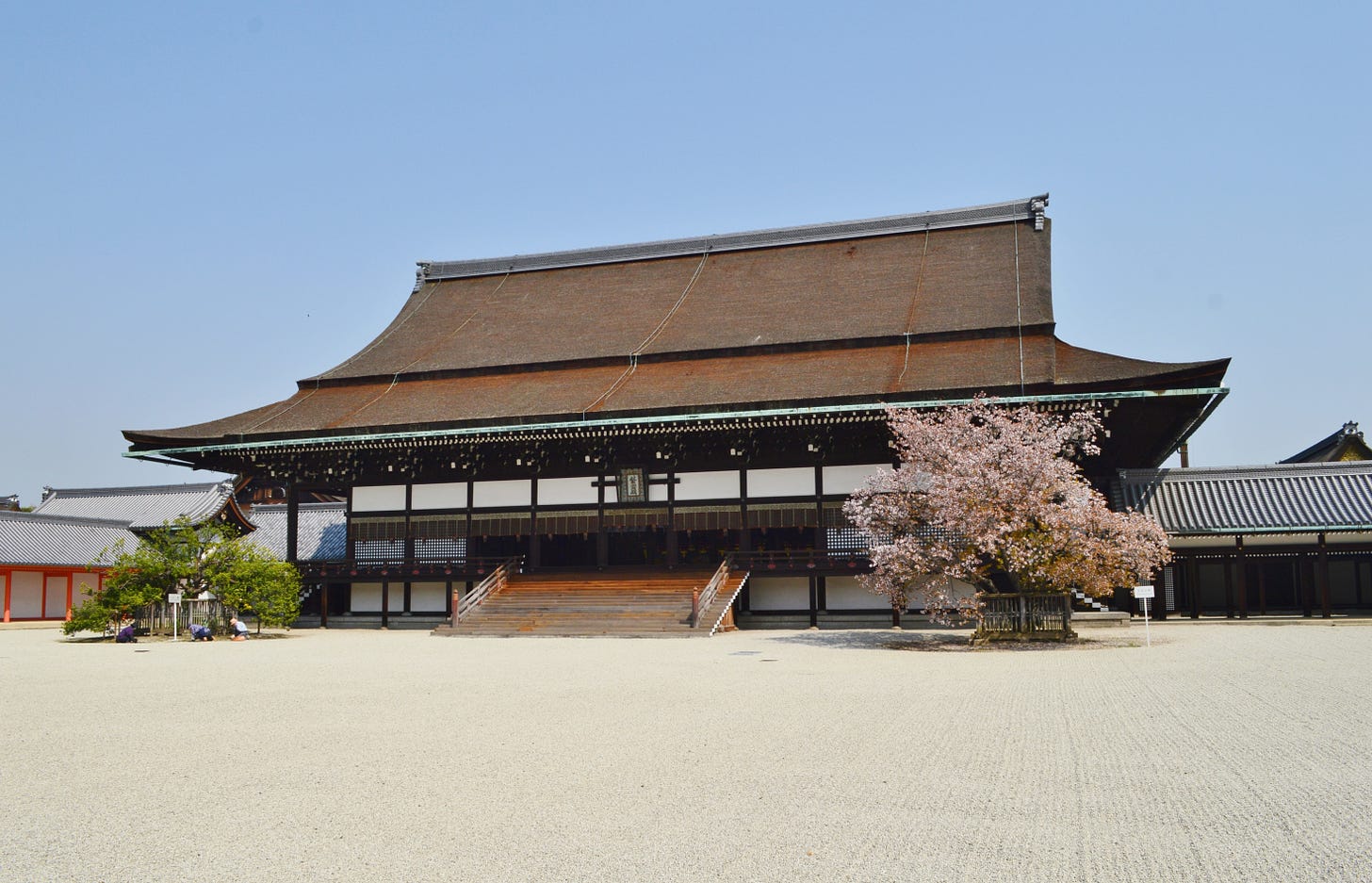
3. 平安神宮(へいあんじんぐう)(京都(きょうと))
1895年に 建(た)てられた神社(じんじゃ)で、昔(むかし)の都(みやこ)、平安京(へいあんきょう)を モデルにして 作(つく)られました。寝殿造(しんでんづく)りの 雰囲気(ふんいき)を 伝(つた)える建築(けんちく)です。
Heian Shrine in Kyoto was built in 1895 and modeled after Heian-kyō, the old capital. It shows the atmosphere of shinden-zukuri architecture.


